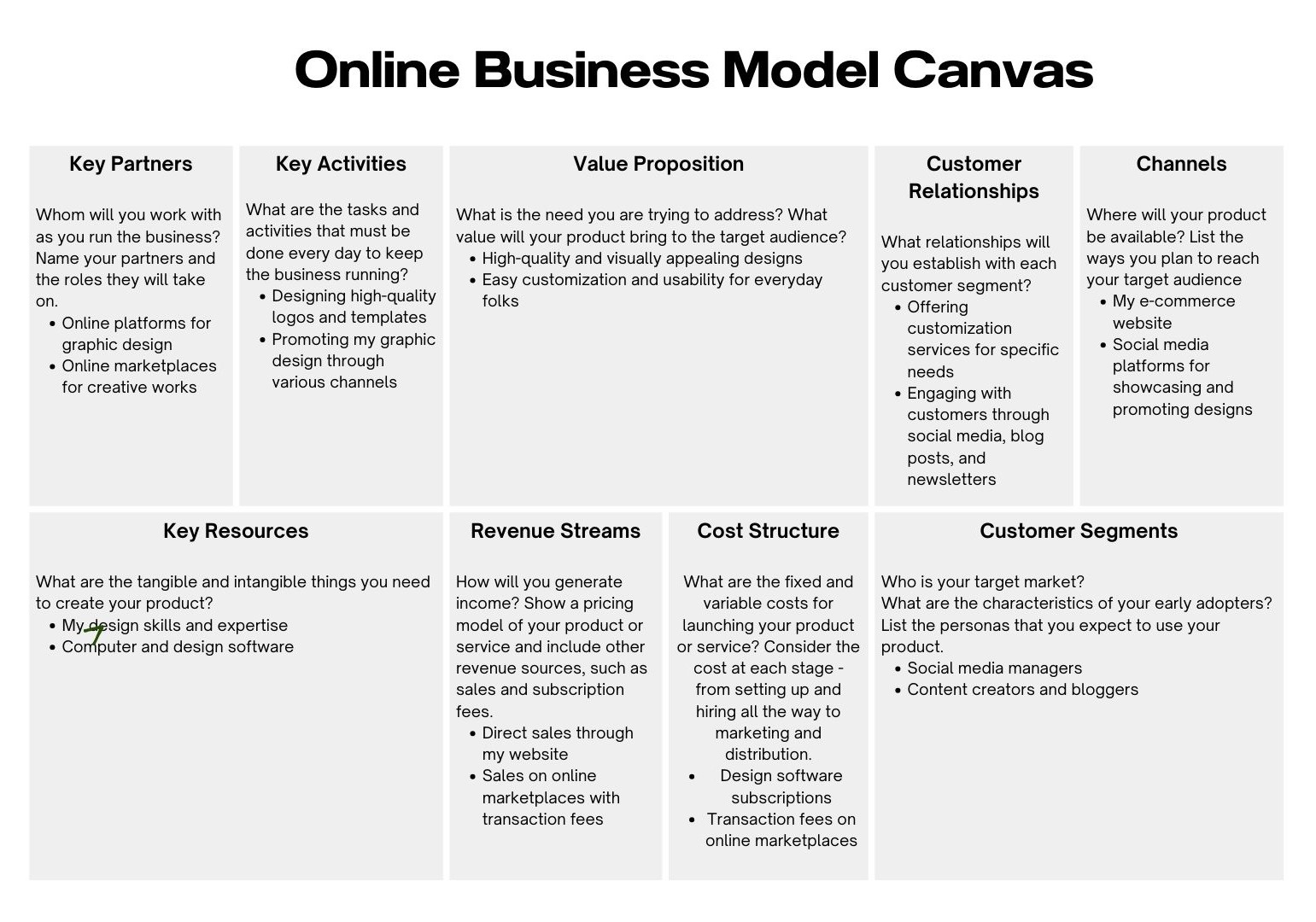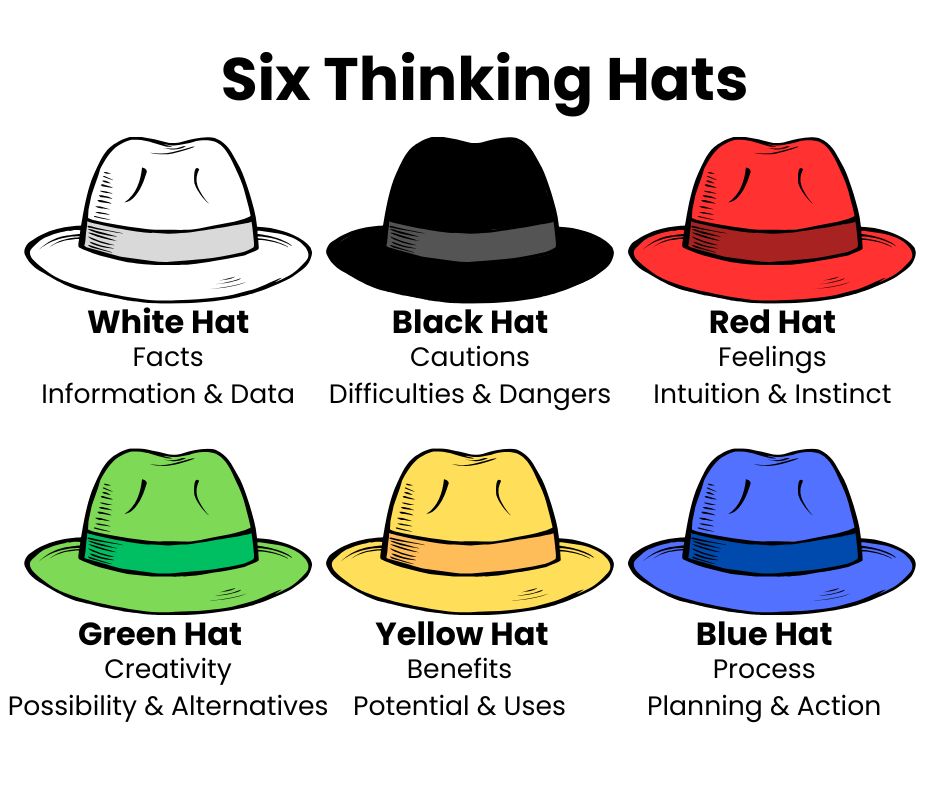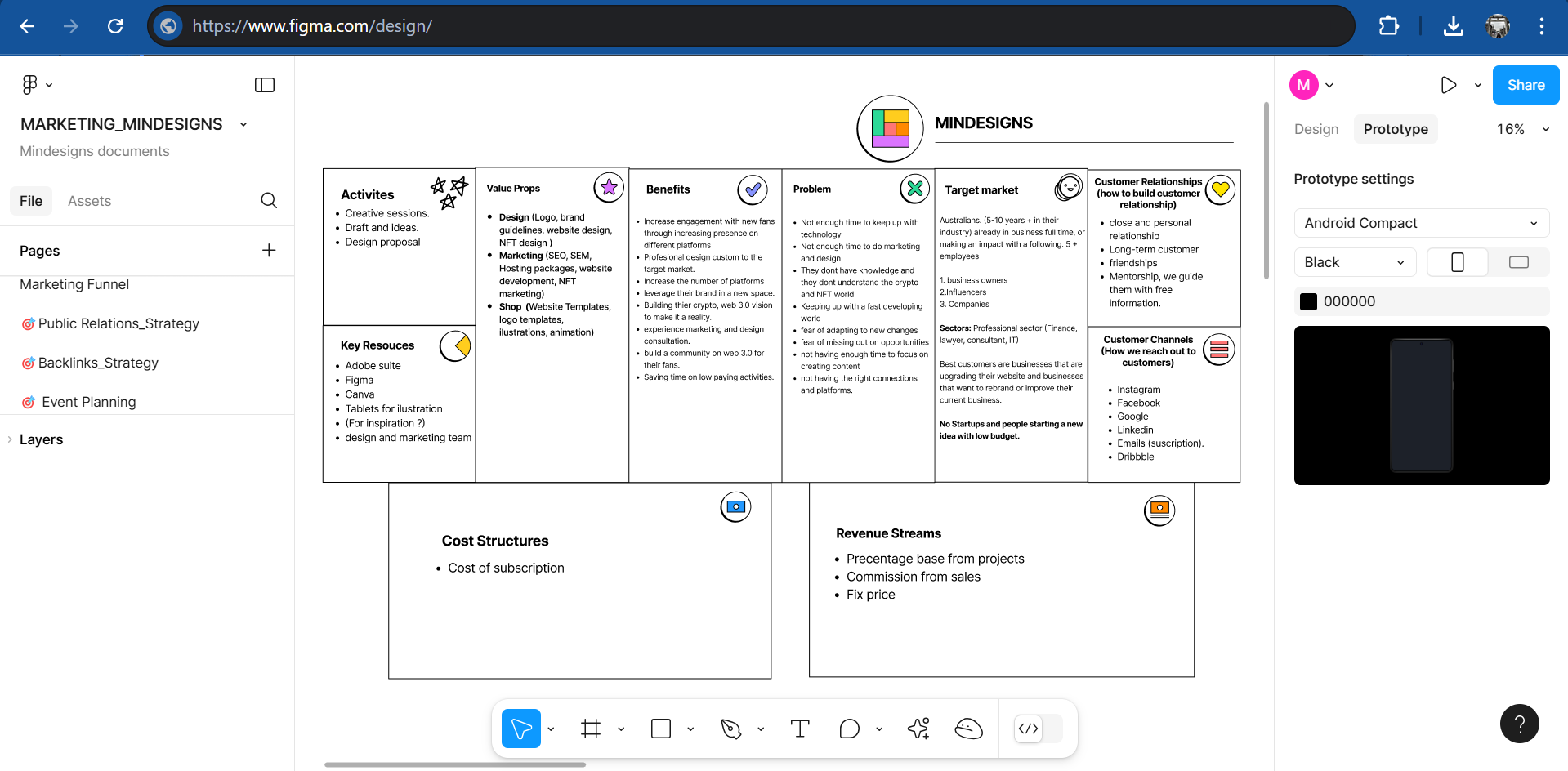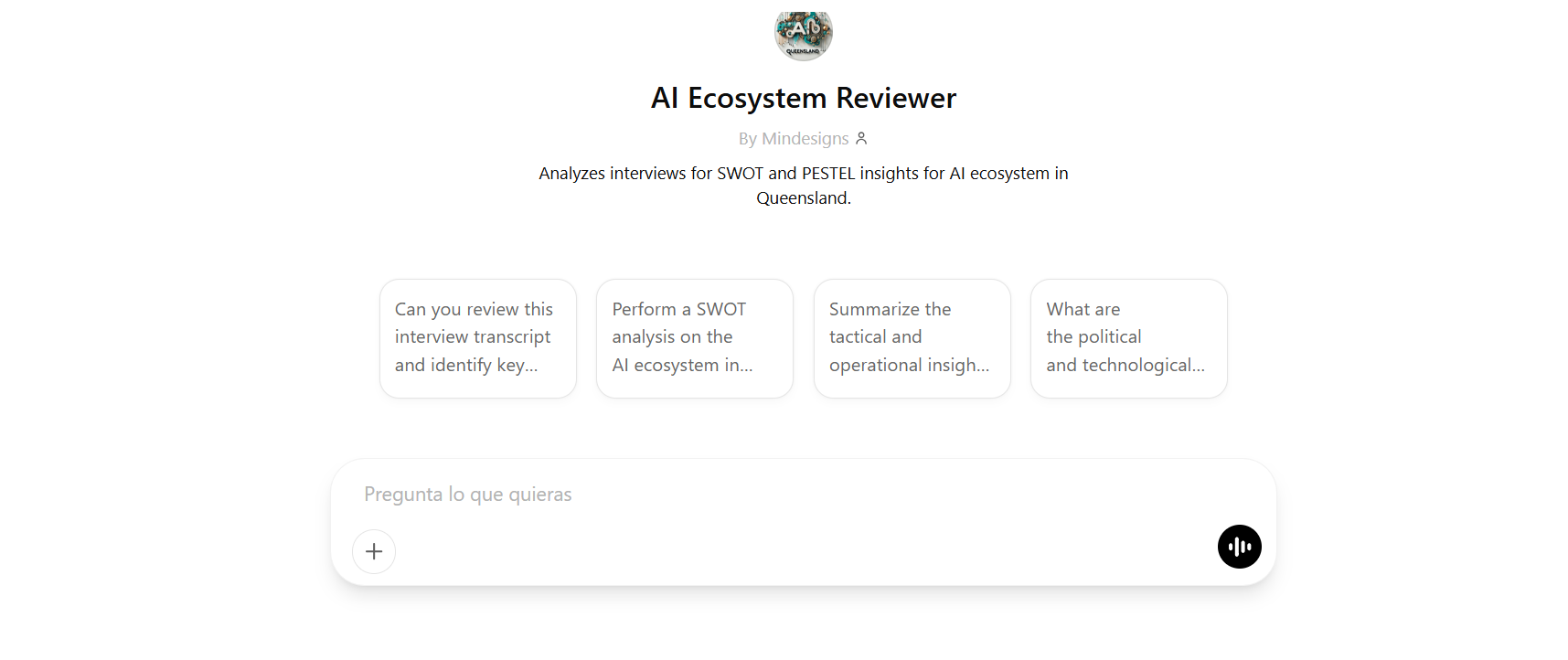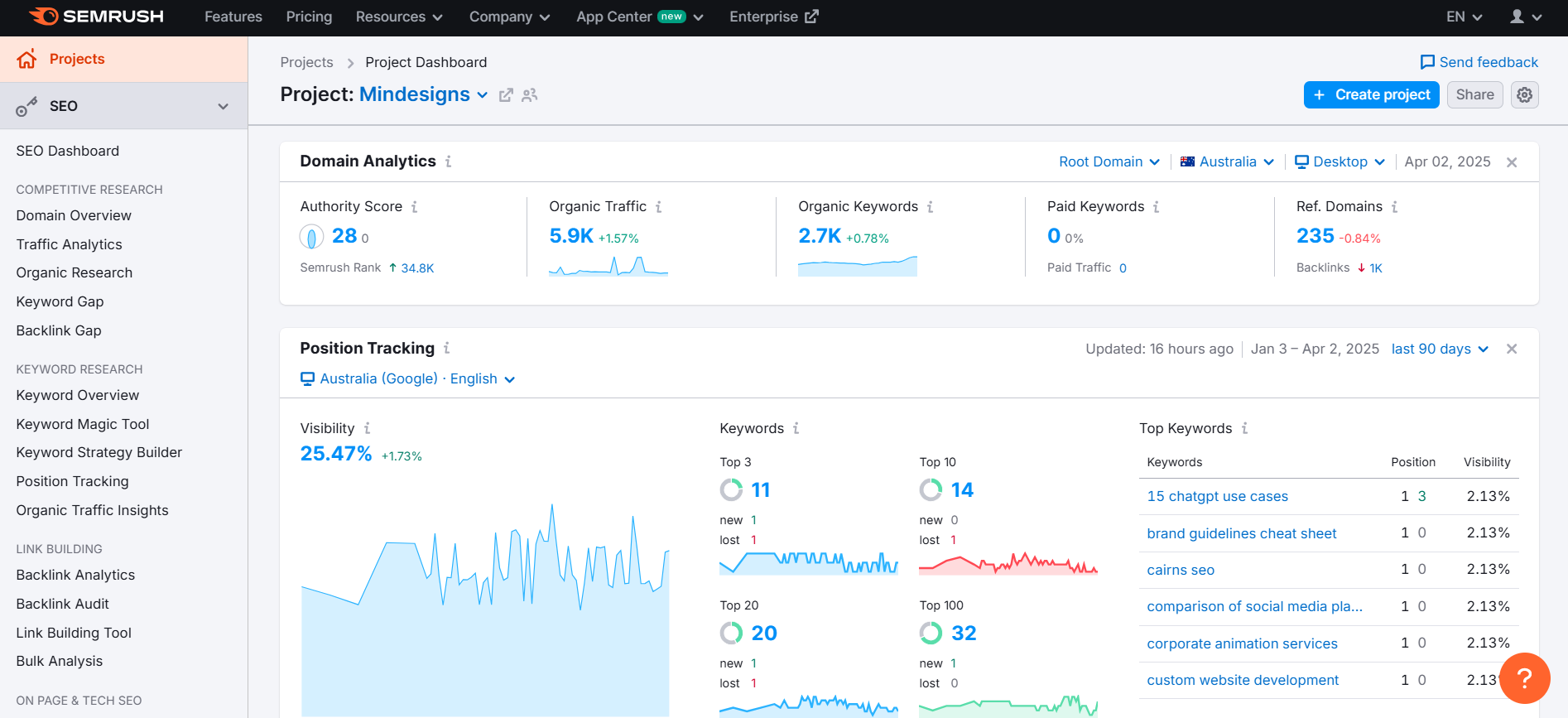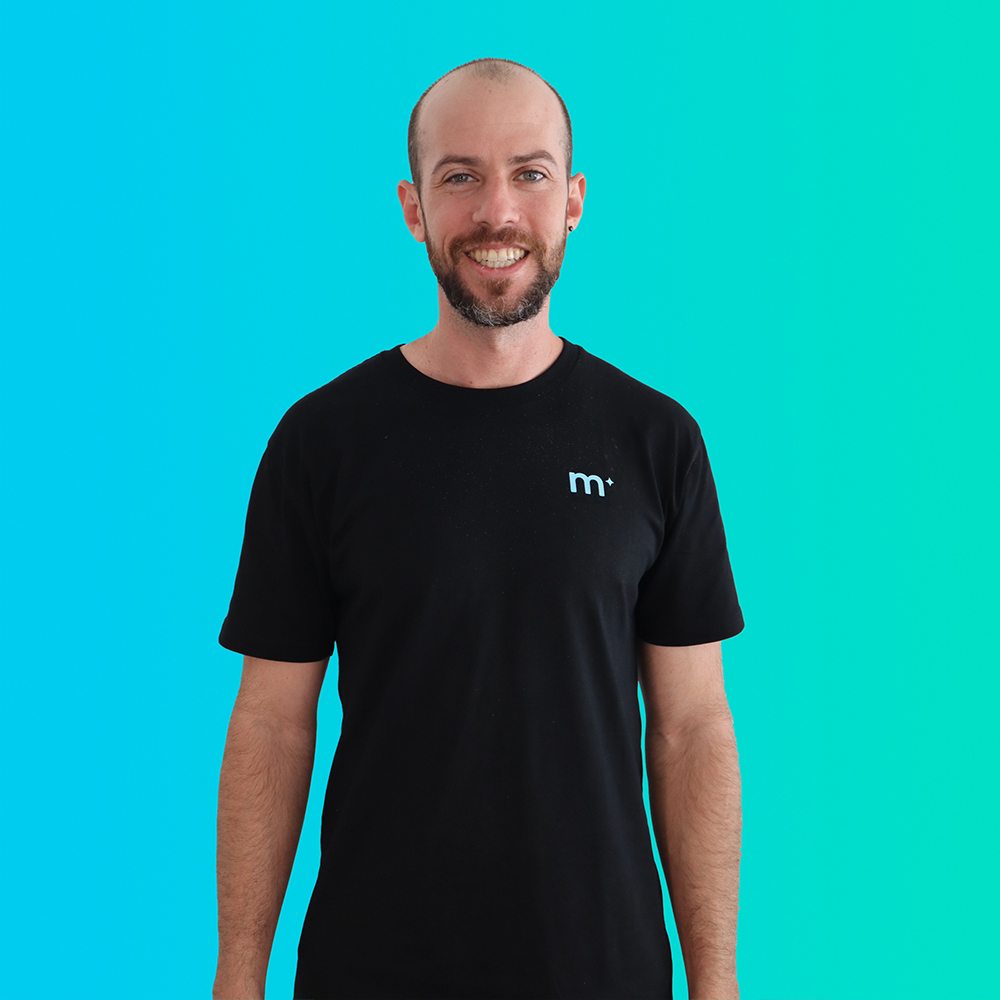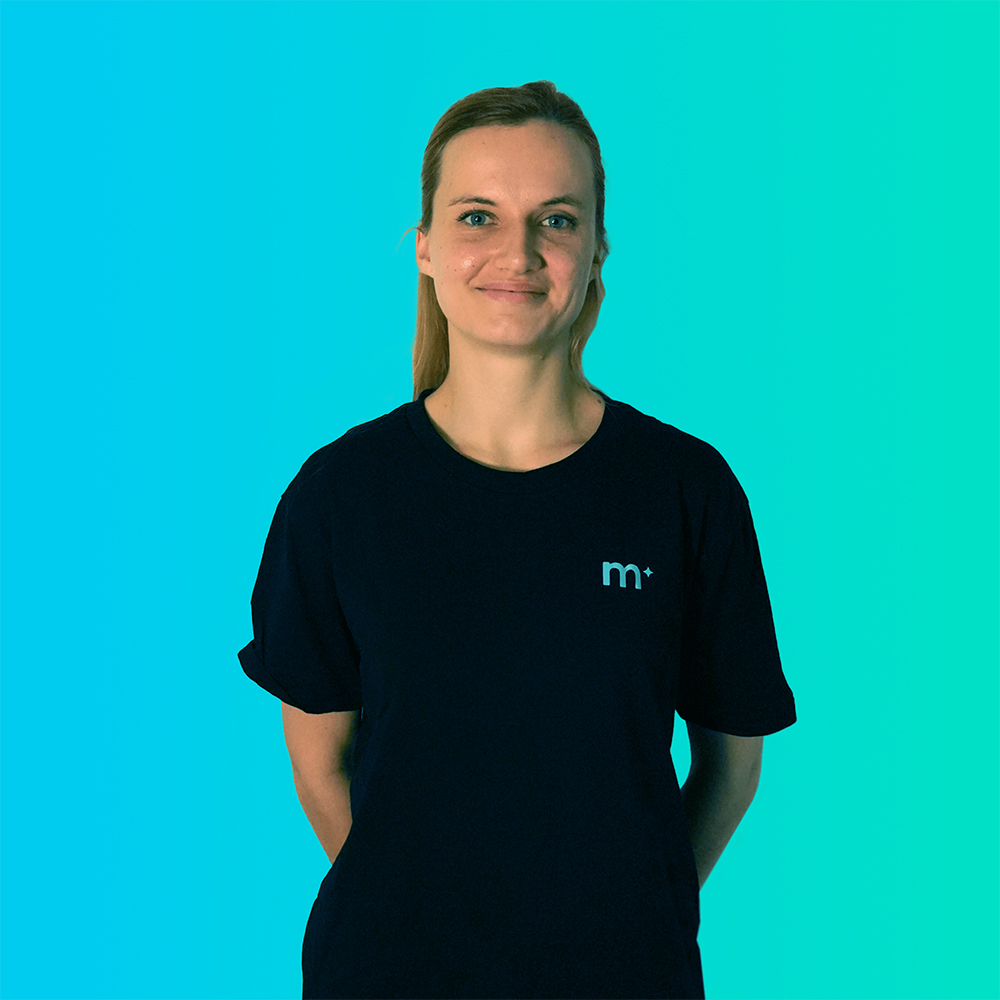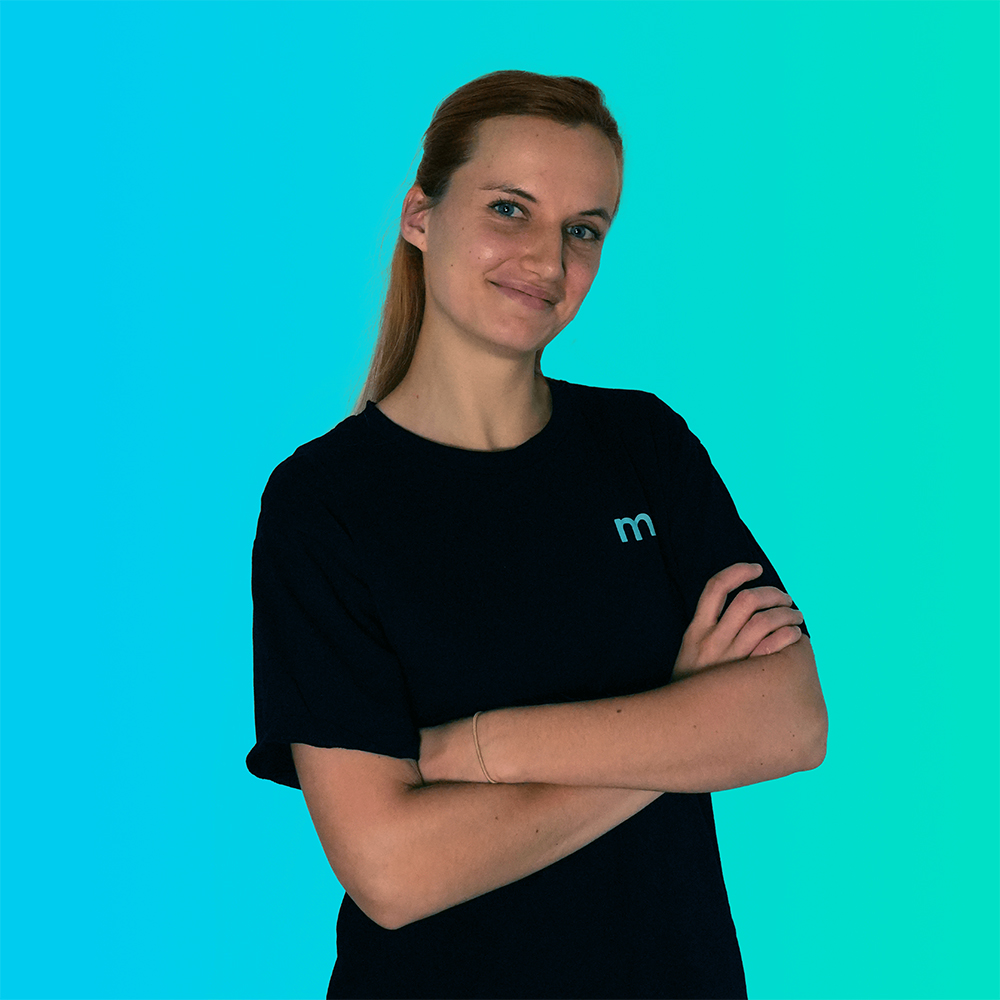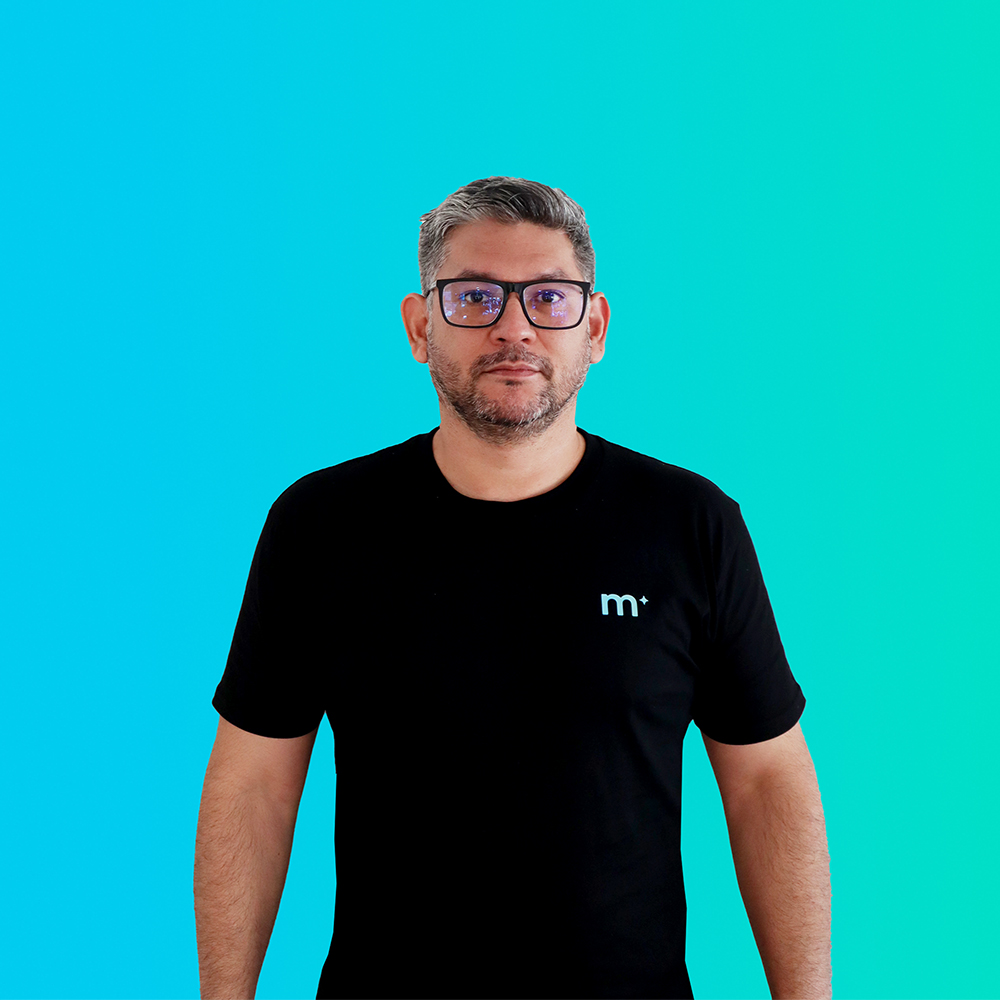A recent study found that 60% of business decisions are still made based on gut feeling rather than using business analysis tools, leading to costly missteps and missed opportunities. In a fast-moving, competitive landscape, relying on intuition is no longer enough. We need to collect and assess data to stay ahead.
This article introduces five of the most effective business analysis tools designed to help you make smarter, data-driven decisions. Whether you’re looking to improve efficiency or be more strategic, these tools give you the insights you need to move with more clarity and confidence.
5 Business Frameworks to Help You Make Better Business Decisions
Understanding core business frameworks, such as the ones we will shortly cover, is the foundation for making more intelligent decisions. These frameworks give you a structured way to evaluate your business, identify strengths and weaknesses, and plan strategically.
-
Design Thinking
Design thinking is a human-centred approach to problem-solving and innovation that prioritises understanding the needs of the people affected by an issue. Unlike traditional problem-based methods that focuses on analysing the problem itself, design thinking is solution-oriented.
This type of business analysis approach encourages teams to direct their efforts toward creating effective and meaningful solutions. At its core, design thinking revolves around empathy. By building a deep understanding of the user’s experience, teams can develop solutions that genuinely address their needs.
For example, rather than focusing on the problem of decreased productivity when transitioning to remote work, design thinking encourages finding ways to boost employee engagement for more effective outcomes. Design thinking is different because it starts with understanding the user’s experience, then uses that insight to create practical solutions.
-
SWOT Analysis
A SWOT analysis is more than listing strengths, weaknesses, opportunities, and threats—it’s about using those insights to make strategic decisions. Although it’s one of the oldest methods in the book, it’s still highly effective. If well-executed, the SWOT analysis helps businesses pinpoint what’s working, uncover hidden risks, and identify growth opportunities that might otherwise go unnoticed.
To make your SWOT analysis genuinely effective, focus on specificity and actionability:
- Tie strengths to opportunities. Don’t just list strengths, match them to opportunities. For example, if your business has a strong social media presence but weak SEO, repurpose high-performing social content into optimised blog posts to improve organic traffic.
- Address weaknesses with strategic actions. Instead of just noting that SEO is weak, outline a clear action plan—such as improving keyword strategy, optimising technical SEO, or investing in content marketing that complements weak points.
Use SWOT analysis as a dynamic strategy tool rather than just a checklist to develop a marketing strategy. Listing the points in each of the quadrants is just step one; look at them after and see how you can strategically leverage strengths and opportunities to address weaknesses and threats.
-
PESTLE Analysis
The PESTLE analysis framework is a strategic tool used by businesses for market evaluation and risk analysis, to assess external factors that can impact their operations and decision-making.
The acronym stands for Political, Economic, Social, Technological, Legal, and Environmental factors. By examining these areas, companies gain a comprehensive understanding of the broader landscape they operate in, so they identify risks, opportunities, and trends that may influence their growth and stability.
-
Business Model Canvas
The Business Model Canvas (BMC) is a strategic framework used to define, visualise, and assess how a business creates, delivers, and captures value. It consists of nine interconnected building blocks as displayed in the following image.
Instead of just mapping out business components, the Business Model Canvas (BMC) acts as a strategic lens, helping companies identify what truly sets them apart, align offerings with customer needs, and streamline revenue generation. Visually laying out each element forces clarity and reveals misalignments early, reducing costly strategic drift.
BMC improves operational efficiency. It highlights Key Activities, Resources, and Partnerships that allow businesses to cut unnecessary costs and focus on their most profitable operations. This focus supports lean operations and accelerates decision-making.
What sets the BMC apart is its adaptability. As a living document, it evolves with market conditions, allowing companies to test, pivot, and scale faster in response to changing customer behaviour or emerging trends, which are critical in today’s fast-paced environments.
-
Six Thinking Hats
The Six Thinking Hats framework, developed by Edward de Bono, is a powerful decision-making technique that encourages teams to explore problems and ideas from multiple perspectives. It uses six metaphorical hats, each representing a distinct thinking style.
In business, the Six Thinking Hats framework improves problem-solving, innovation, and decision-making by preventing biases and promoting diverse viewpoints. The framework is especially valuable for brainstorming sessions, project planning, and risk assessment, as it promotes creativity (Green Hat), evaluates feasibility (Black Hat), and considers emotional responses (Red Hat).
By systematically applying each hat, teams can generate well-rounded solutions, identify risks, and uncover new opportunities, making it a highly effective tool for improving business strategies.
5 Business Analysis Tools To Complement Your Chosen Framework
While the frameworks above provide a strategic foundation, this section will discuss tools that help bring them to life through real-time insights, collaboration, and data-driven execution.
Each tool enhances the practical application of the frameworks, such as visualising customer journeys for Design Thinking, allowing multiple inputs online in a straightforward place, conducting robust SWOT or PESTLE analyses, or refining key components of your Business Model Canvas.
Figma
Figma is a powerful tool that enhances the design thinking process. It allows teams to collaborate, prototype, and iterate with a user-centric focus. Since design thinking revolves around empathy, ideation, and testing, Figma supports these stages through real-time collaboration and rapid prototyping that simulate real user experiences. This allows for early testing and feedback, so the design evolves effectively.
Figma allows teams to create and share user personas, journey maps, and empathy boards. At Mindesigns, we use this with client projects to visualise user needs and frustrations, keeping the user at the heart of the process.
ChatGPT
ChatGPT is a powerful tool for conducting SWOT and PESTLE analyses for businesses to gather insights, generate ideas, and refine strategies. ChatGPT’s ability to process large volumes of data in real time makes it ideal for identifying internal strengths and weaknesses.
For QLD AI Hub’s whitepaper, for instance, Mindesigns used ChatGPT to streamline the research and drafting process by conducting SWOT and PESTLE analyses for multiple companies. By inputting specific business data, we used ChatGPT to automate analysis and generate tailored insights that aligned with each company’s unique challenges and opportunities.
This allowed us to generate consistent, high-quality reports that directly supported the whitepaper’s strategic recommendations, while speeding up data analysis and content refinement.
One of ChatGPT’s key strengths in SWOT analysis is its ability to act as a powerful brainstorming tool. By feeding it relevant market data, internal performance metrics, and competitive benchmarks, it helped us identify strengths, weaknesses, opportunities, and threats with precision, refined strategic direction and find blind spots. This makes ChatGPT invaluable for businesses that want to improve decision-making, optimise marketing strategies, and stay ahead in competitive landscapes.
SEMrush
SEMrush is a powerful business analytics tool used for SEO, content marketing, and competitive research. It provides data-driven insights into market trends, competitor strategies, and digital performance.
With features like keyword research, domain analysis, backlink tracking, and site auditing, SEMrush helps businesses evaluate their online presence, identify areas for improvement, and benchmark against competitors.
At Mindesigns, we leverage SEMrush for in-depth competitor analysis. This allows us to uncover valuable insights regarding traffic acquisition strategies, estimated Google Ads campaign expenditures, overall marketing efforts, and domain authority comparisons. By utilising these data-driven analyses, SEMrush helps us identify opportunities for growth and strategic improvement.
VectorShift
VectorShift is an advanced AI-powered data analytics platform that helps businesses gain deep insights by automating data collection, analysis, and visualisation. You can leverage real-time data for strategic decision-making, so it is a valuable tool for business analysis frameworks.
With its capabilities in data integration, predictive analytics, and trend monitoring, VectorShift helps companies streamline operations, improve forecasting, and identify growth opportunities.
When applied to the Business Model Canvas (BMC), VectorShift supports customer segmentation through behavioural data and value propositions by identifying which services or products drive engagement. It refines channels by highlighting the most effective marketing platforms and improves customer relationships by tracking interaction metrics.
FrederickAI
Frederick AI is a versatile market research tool that enhances business analytics and strategic decision-making by providing in-depth insights through automated analyses.
Frederick AI’s competitor analysis and persona tools support both factual and creative thinking. For example, the platform offers raw data and facts through its market research reports and identifies potential risks by exposing competitor strengths or emerging threats.
While Frederick AI is primarily a standalone tool, its automated reports and persona insights can complement other workflows. This allows businesses to integrate market insights into their broader business intelligence strategies, and improve their data-driven decision-making.
Overall, Frederick AI streamlines complex market research processes, providing actionable insights that businesses use to develop effective strategies based on established frameworks.
The Future of Business Analysis Tools
The landscape of business analysis tools is transforming at an electrifying pace, and keeping up with these emerging trends determines the future success of your business. Here are some future shifts that we believe will redefine how we work:
Artificial Intelligence and Machine Learning
Imagine tools that process data and truly understand it. AI-driven platforms are evolving rapidly, promising not just improved accuracy and automated processes, but also predictive insights that will revolutionise strategic decision-making.
For example, a retail company could use an AI platform to analyse historical sales, customer reviews, and seasonal patterns to forecast demand for specific products. Based on this forecast, AI could automatically recommend optimal inventory levels, marketing spend allocation, and pricing strategies tailored to each region.
By 2030, experts predict that AI will be able to handle intricate business models with remarkable precision, forecasting market trends with unprecedented accuracy. Think of it as having a highly intelligent, virtual analyst at your fingertips.
Real-Time Collaboration
In the future, business tools are expected to leverage virtual and augmented reality (VR and AR) to improve collaboration among remote teams. These technologies will create immersive digital environments that redefine how teams work together on business strategies.
For example, using Figma with VR/AR in the future may allow teams to collaboratively design and test user experiences in real time, simulating customer journeys as if they were physically present. This evolution in teamwork will enhance decision-making by providing a more interactive and engaging way to visualise complex strategies.
Data Privacy and Security
As data privacy laws such as the European Union’s General Data Protection Regulation (GDPR), California’s Consumer Privacy Rights Act (CPRA), and Australia’s Privacy Act 1988 grow more rigorous, future business tools are evolving to embed advanced encryption standards like AES-256, blockchain-based audit trails, and real-time compliance monitoring.
For example, blockchain. Blockchain is a digital record-keeping system that ensures the information stored is accurate and can’t be changed once it’s been added. It’s like a diary where each entry is securely time-stamped and verified, making sure it’s always traceable and trustworthy. This is especially important in industries like healthcare and finance, where it’s critical for records to be correct and transparent for audits.
Some tools are already leveraging AI to automatically classify sensitive data, flag policy violations, and generate compliance reports in seconds. Businesses that integrate these capabilities will not only protect user trust but also streamline risk management and meet regulatory demands more efficiently.
Optimise Your Business with the Right Tools
The tools and frameworks we’ve explored are trends and essential assets for modern businesses navigating the fast-changing markets. Whether you’re refining your business model, mapping out customer journeys, or analysing market trends, the right combination of frameworks and tools unlocks better strategies, faster execution, and more confident decision-making.
With so many tools out there, how do you know which ones are right for your business?
That’s where we come in. At Mindesigns, we help businesses cut through the clutter. Our team will assess your goals, operations, and customer needs to recommend the most relevant business analysis tools to help you make smarter, data-driven decisions. Book a free strategy session with us today.



